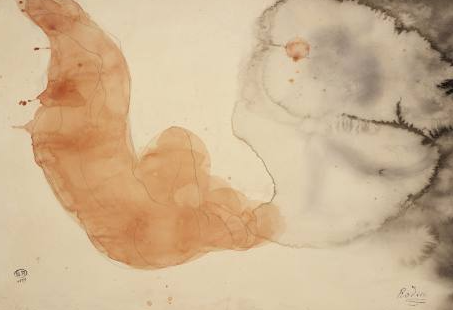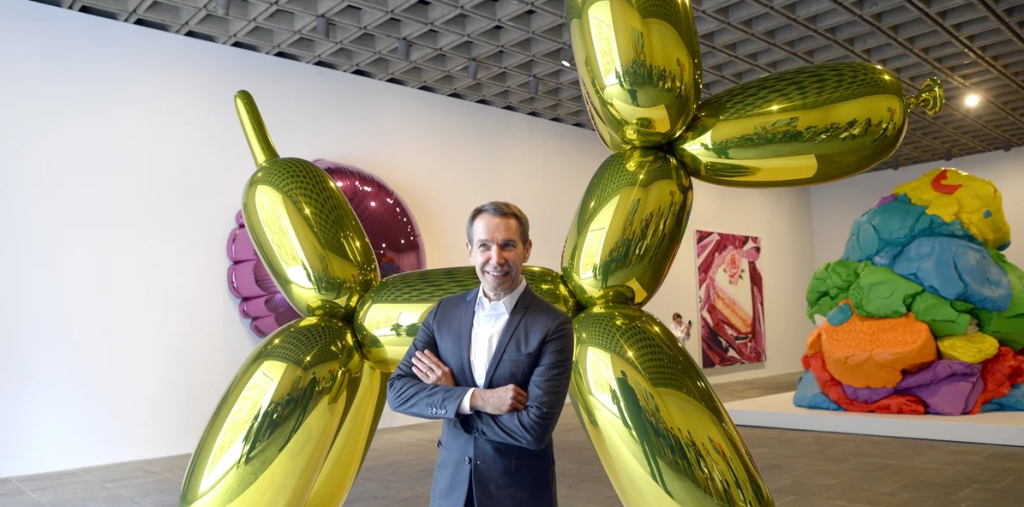Breaking Boundaries: The Artistic Legacy of Rodin’s Drawings
The drawings of Auguste Rodin are often overshadowed by his monumental sculptures, yet they hold a profound significance in understanding his artistic vision. These sketches are not merely studies for his sculptures; they reveal a raw emotional depth and a dynamic exploration of form that is both captivating and revealing. Let’s delve into the legacy of Rodin’s drawings and uncover their importance in the art world.
The Intimate Connection of Line and Form
Rodin believed that drawing was a fundamental part of sculpting. His sketches illustrate the very essence of the movement and emotion he aimed to capture in marble and bronze. Each stroke of his pencil conveys a sense of life, showcasing the fluidity of the human form. Unlike many artists of his time who adhered strictly to classical techniques, Rodin’s drawings are spontaneous and expressive, reflecting his innovative approach. This raw energy in his sketches hints at a deeper understanding of anatomy and emotion, blurring the lines between drawing and sculpture.
Exploring Emotional Depth Through Sketches
Rodin’s drawings often depict themes of love, despair, and the human condition. Works such as “The Kiss” and “The Gates of Hell” show how he translated profound emotions into visual forms. His figures are not static; they vibrate with feeling, an aspect vividly captured in his sketches. By focusing on human emotion, Rodin invites viewers to connect with his art on a personal level, making his drawings an essential part of his overall narrative. These sketches serve as a bridge, leading viewers from two-dimensional representations to the three-dimensionality of his sculptures.
The Influence of Rodin’s Drawings on Modern Art
Rodin’s legacy extends beyond his own creations; his approach to drawing has inspired countless artists. His willingness to break conventions paved the way for modern art movements that prioritize emotion and abstraction over strict adherence to form and classical beauty. Artists like Henry Moore and Alberto Giacometti have cited Rodin’s drawings as influential, showcasing how the emotional resonance captured in sketches can inform larger artistic practices. Understanding Rodin’s drawings allows contemporary artists to explore their own emotional landscapes, making it clear that his influence continues to permeate the art world.
In conclusion, Rodin’s drawings are invaluable to appreciating not only his artistic genius but also the evolution of modern art itself. By examining these sketches, we gain insight into the creative process and emotional depth that define his work. If you find yourself captivated by Rodin’s unique vision, consider exploring more of his drawings or visiting exhibitions to fully immerse yourself in his artistic legacy.


